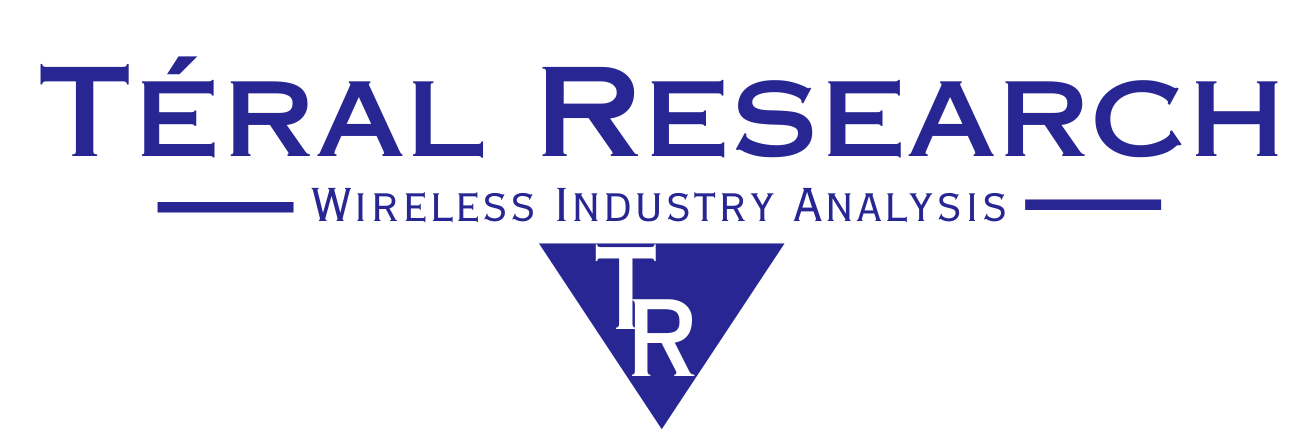Perspectives
November 2024 Fÿuz24: How AT&T and Ericsson stole the show, for good!
Abstract
by Stéphane Téral
November 20, 2024
I’m just back from Dublin, the lovely capital of Ireland, where the Telcom Infra Project (TIP) held its annual FYUZ event. Looking at the crowded exhibition floor and the packed mainstage and breakout sessions, we can tell that most of the 1,200 registered participants showed up. From Day 1 to the end, Ericsson made it big this year by bringing several AT&T executives to the main stage and organizing its own sponsored breakout session. Remember last year’s Day 1, when Ericsson EVP and Head of Business Area Networks, Fredrik Jejdling, popped up in a window on the giant screen of the main stage to announce that finally the vendor was in? One year later, longtime open RAN naysayer Ericsson becomes a TIP member, and AT&T’s Rob Soni has been freshly appointed TIP’s chair.
What a difference a year makes! We’ve switched from Vodafone’s clout to AT&T. As expected, AT&T had a lot to share about the $14B, five-year deal announced in December 2023. We learned that this network modernization project is moving fast, and the door is widely open to third-party vendors and app developers. Before getting into the nitty-gritty details of this large open RAN project, it’s important to note that the entire network disaggregation ecosystem was present, including many communications service providers (CSPs): AT&T, Bell Canada, BT, Deutsche Telekom, Dialog Axiata, DISH, KDDI, Liberty Global, MTN, NTT docomo, Orange, Ooredoo Indosat, Softbank, Telefónica, Telus, Türk Telekom, Vodafone, and lastly, the U.S. government, led by the Department of Defense (DoD), had a strong presence.
The complete text of this publication is available to subscribers - please log into your account. If you are not currently subscribed, please contact us for access to this publication.

